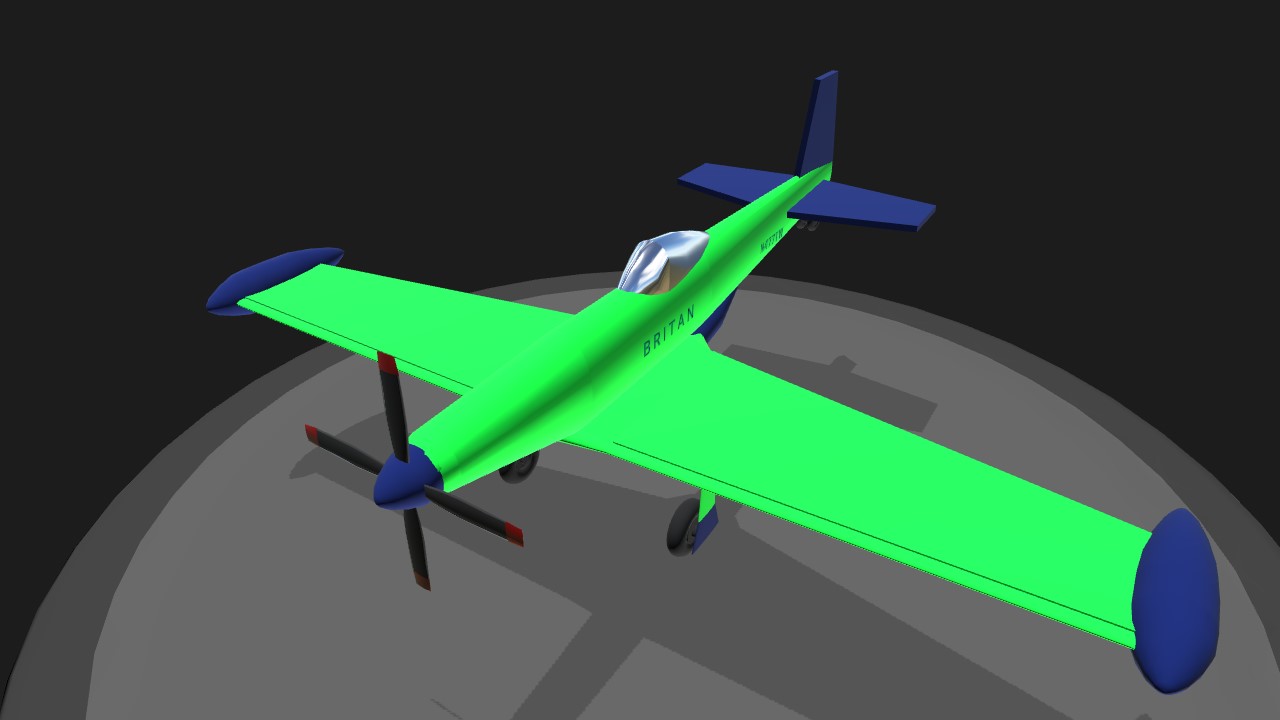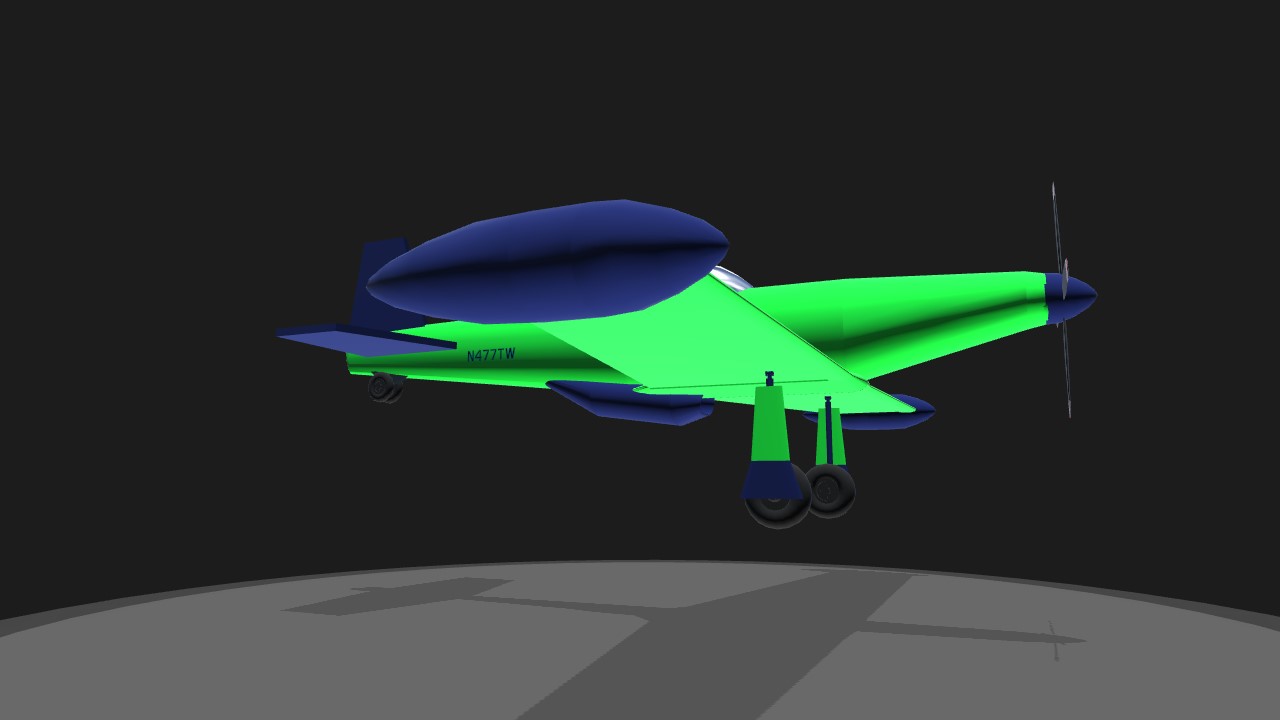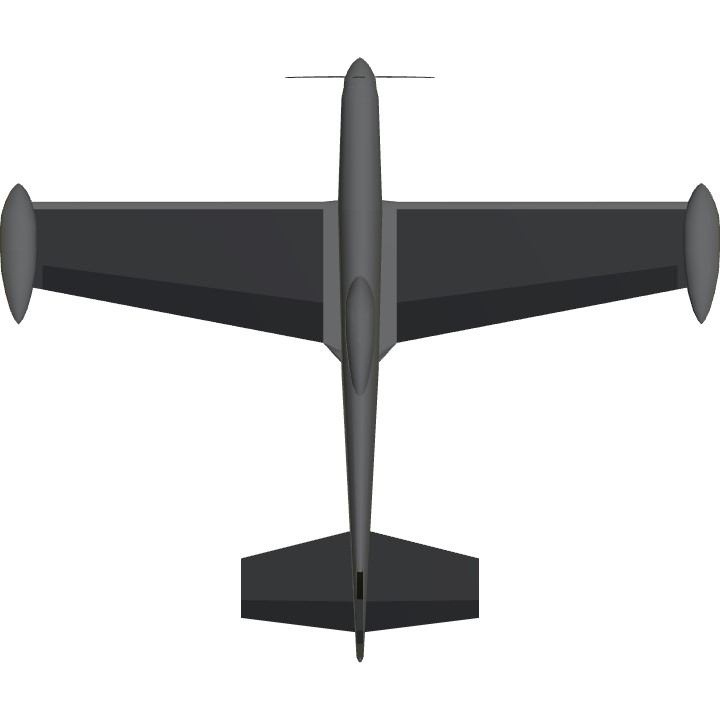The Cavalier Mustang was a post-World War II civilian-modified version of the North American P-51 Mustang aircraft. Although originally intended as a high speed personal aircraft, the Cavalier was also exported for use as a fighter and close air support aircraft to third-world air forces. Development[edit]Cavalier 2000In 1957, newspaper publisher David Lindsay (1922–2009) founded Trans Florida Aviation Inc. His intention was to transform surplus military P-51s into executive business aircraft. These aircraft were initially called the Trans-Florida Executive Mustang, soon renamed the Trans Florida Aviation Cavalier Mustang. The first of the Executive Mustangs was built in 1958 and for the next few years, only a handful of airframes were built and sold.To construct the Executive Mustang, Trans Florida purchased military surplus P-51s. The airframes were completely disassembled, the military equipment stripped out, and then rebuilt with a second seat, new avionics, plush leather interiors, luggage bays, and civilian paint schemes. By 1961, the aircraft were renamed Cavalier 2000, referring to the 2,000-statute-mile (3,200 km) range. Five different Cavalier models were eventually offered: the Cavalier 750, 1200, 1500, 2000, and 2500, differing in fuel capacity, with the name indicating the approximate range of the aircraft. Over the course of the next decade, nearly 20 of these aircraft would be constructed. Several FAA approved modifications to the Cavalier design would be made during that time, including canopy frame mounted cockpit fresh air vents, 96-US-gallon (360 l; 80 imp gal) wingtip fuel tanks, fuselage baggage door, 60 gallon ammo/gun bay fuel tanks, and a 14-inch (360 mm) taller vertical stabilizer. Between 1964 and 1965, Trans Florida completed an IRAN inspection of over 30 F-51Ds of the Dominican Air Force (FAD) in Sarasota.In 1967 the company was renamed Cavalier Aircraft Corporation.
Specifications
General Characteristics
- Predecessor Cavalier Mustang
- Created On iOS
- Wingspan 39.7ft (12.1m)
- Length 33.4ft (10.2m)
- Height 13.3ft (4.1m)
- Empty Weight 7,627lbs (3,459kg)
- Loaded Weight 10,525lbs (4,774kg)
Performance
- Horse Power/Weight Ratio 0.118
- Wing Loading 38.1lbs/ft2 (185.9kg/m2)
- Wing Area 276.5ft2 (25.7m2)
- Drag Points 4407
Parts
- Number of Parts 58
- Control Surfaces 7
- Performance Cost 326






